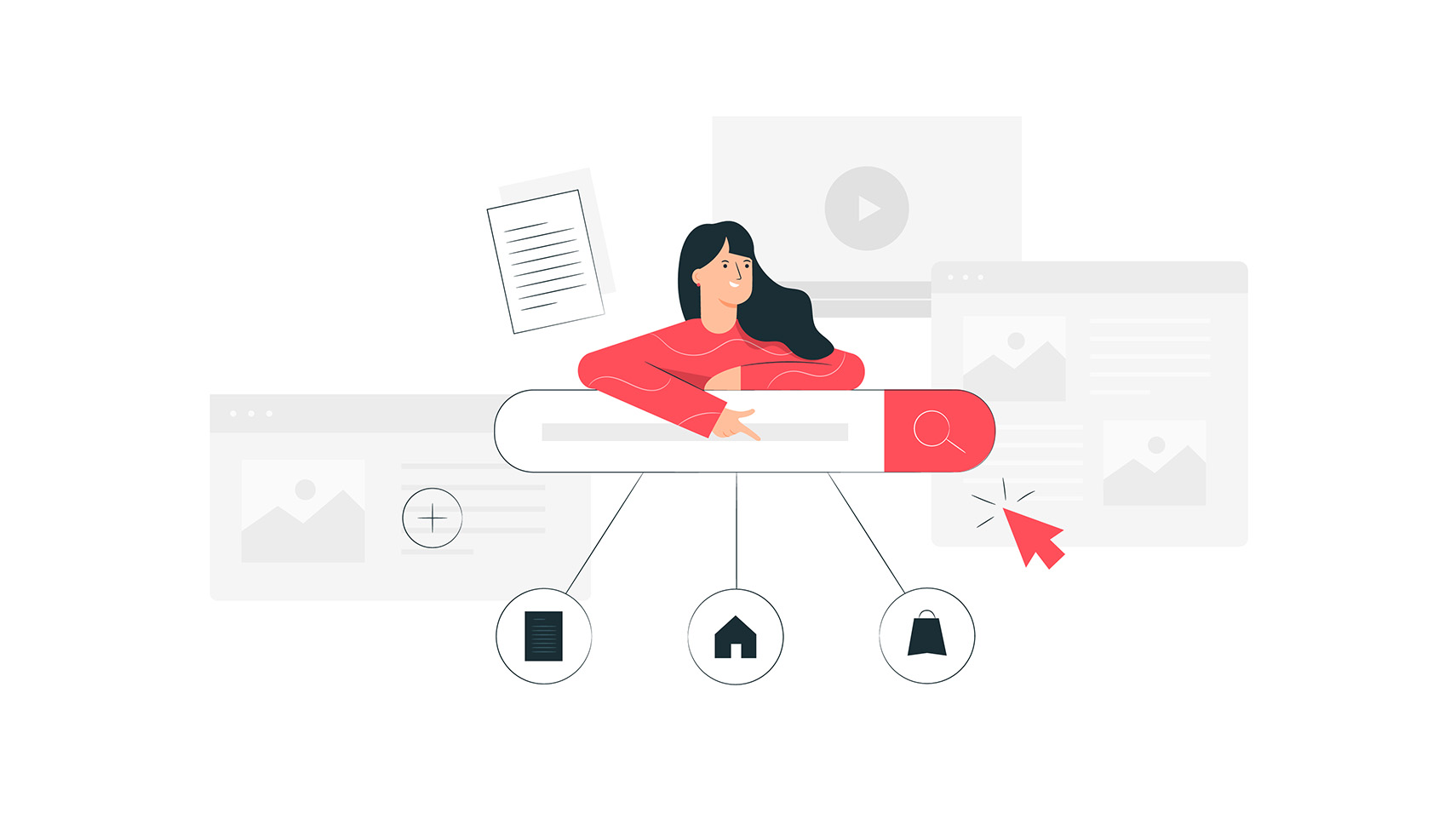CRM is a tool for forming good relationships with customers. Currently, many companies are implementing CRM. By implementing CRM, you can manage customer information appropriately, making it possible to take an effective approach tailored to each customer. However, many people may not know how to handle CRM customer data. Therefore, this time, we will explain the overview of CRM and how to handle customer data.
What is CRM?
CRM is an abbreviation for “Customer Relationship Management” and is often used in two main senses:
- CRM as a business method
- CRM as a tool
CRM as a business method
CRM as a business method is a business method that focuses on the customer and leads to maximization of profits. In addition to efficiently managing the huge amount of customer information that is accumulated on a daily basis, CRM also analyzes customer information, making it possible to provide products and services that meet customer needs. An approach that understands customer needs will ultimately lead to and maintain good relationships with customers. Building relationships with customers is related to a company’s sales, so many companies are implementing CRM.
CRM as a tool
CRM in a broad sense refers to the management method itself, but currently it often refers to IT tools. CRM tools are equipped with features such as customer management and customer analysis. Customer management is the most important function of CRM, and is characterized by the ability to centrally manage various information about customers. Since customer information is managed on CRM, you can easily view customer information managed by each person in charge. Customer analysis allows you to see trends for each customer by combining and analyzing customer information and sales results. In addition, it is equipped with various functions that are useful for sales activities.
Advantages of CRM
CRM has four main benefits:
- Centralized management of customer information enables collaboration between departments
- Take effective approaches to improve customer satisfaction
- Can offer cross-selling and up-selling
- Achieving an effective PDCA cycle
Centralized management of customer information enables collaboration between departments
CRM enables unified management of customer information, so information can be shared smoothly between departments. Until now, each person in charge had different management methods, and when sharing data, there were problems such as different data formats. With CRM, all personnel accumulate customer data on the CRM, so when sharing data, all you have to do is update the data. Efficient sharing allows for appropriate follow-up across departments.
Take effective approaches to improve customer satisfaction
CRM helps improve customer satisfaction through collaboration among staff from multiple departments and visualization of information. Up until now, information had not been shared efficiently, resulting in discrepancies in the information held by each department and the time it took to communicate information. On the other hand, with CRM, everyone is viewing the same data, which makes it possible to respond to customers in a coordinated manner. By crossing departments, you can incorporate unprecedented data into your sales activities, leading to new methods and discoveries.
Can offer cross-selling and up-selling
Cross-selling means getting customers to buy something similar to the product they are considering purchasing. Upselling means getting someone to buy a product or service that is of a higher quality than the one they are currently considering purchasing or are already using. By managing customer information with CRM, you can make cross-selling and up-selling proposals. Customer information management allows you to accumulate purchase history and browsing history for each customer, making it possible to take appropriate approaches by utilizing past history.
Achieving an effective PDCA cycle
CRM allows not only data accumulation and analysis, but also the discovery of issues and follow-up. By running this series of PDCA cycles, sales processes and strategies will be improved, and a system will be in place that allows for flexible changes. For example, let’s say a person in charge has a business negotiation with a customer. Since the results of business negotiations can be stored in CRM, future plans can be formulated based on the approach taken at that time and the results of business negotiations. By speeding up this PDCA process, companies’ sales activities will improve.
Points to note when dealing with CRM
When using CRM, please note the following:
- Data construction takes time
- There will be a cost
- Less immediate effect
Data construction takes time
When implementing a CRM, you will be importing customer information that you have been managing up until now. However, if you manage paper-based data in addition to electronic data, you will need to manually enter the data into the CRM, making it time-consuming to create it. When building data, it is necessary to clearly define the system and process up to creation, and work on it through repeated improvements.The more you try to create something better, the more time it takes.
There will be a cost
Implementing CRM incurs implementation costs and operational costs. Please note that costs will vary depending on whether your CRM is on-premises or cloud-based. In the case of an on-premises model, the CRM is installed and used on the company’s own server, so there are initial costs such as server fees. After that, the only costs are license fees and maintenance and operation fees, so operating costs can be kept down. On the other hand, cloud-based services can reduce initial costs because they do not require a server, but operational costs remain constant as usage fees are charged periodically.
Less immediate effect
Just because CRM is introduced doesn’t mean you’ll see immediate results. The timing when you can feel the effectiveness of CRM is when you can analyze the accumulated customer information management and use the results for sales activities. A common case is that CRM is used only for customer information management and is not used for further purposes. It is important to understand that CRM is something that will only become effective if you work on it continuously.
Examples of how to utilize customer data with CRM

There are two main ways to utilize customer data with CRM:
- Direct mail distribution and analysis
- Strategy planning based on analysis results
Direct mail distribution and analysis
By utilizing the delivery function built into CRM, companies can send direct mail all at once. Sending e-mail newsletters and campaign information will help increase customers’ desire to purchase. Furthermore, since you can accumulate data on the open rate and response rate of the emails you send, you can verify what kind of text and approach will get a good response.
Strategy planning based on analysis results
By analyzing accumulated customer data, it is possible to formulate strategies based on the analysis results. In order to improve the accuracy of analysis, the more customer data you have, the more effective it will be. For example, let’s say you want to analyze your past purchase history. Through analysis, you can grasp the characteristics of your favorite strains, making it possible to approach each customer appropriately, leading to better sales strategies. Customer data can also be used to formulate such sales strategies.
Steps to leverage customer data
To leverage your customer data, you need to follow these steps:
- Collection of customer data
- Performing the analysis
- Consider improvement plans based on the results
1.Collecting customer data
First, we collect customer information, which is the foundation for everything. When collecting customer data, collecting too many items can be costly, so it is important to narrow down the data items to be collected in advance. Furthermore, you can manage your customers efficiently by grouping them, so be sure to clearly set the grouping criteria.
2. Conducting the analysis
Next, analyze the collected customer data. There are many different analytical methods, so choose one that gives you the information you need to solve your current problem. When choosing an analysis method, it is important to determine in advance the information you want to obtain from the analysis and choose an analysis method that matches that information.
3. Consider improvement plans based on the results
Finally, the results obtained from the analysis are utilized in strategic planning. The results of data analysis play an important role in determining future sales activities. If there are measures in place, the analysis results will show you how effective they are. If it’s working, you should continue with it, and if you’re not getting the results you expected, consider new measures.
Points to remember when using customer data in CRM
When utilizing customer data in CRM, it is important to be aware of the following two points.
- Don’t stop the PDCA cycle
- Adopt an easy-to-use CRM system
Don’t stop the PDCA cycle
If you want to utilize data, not just CRM, you need to repeat the PDCA cycle. First, clarify the purpose of the analysis, and as a result of the analysis and action, what effects have been obtained will be utilized in the next measures. If you are not aware of PDCA, the analysis itself becomes an end in itself, and you may not get the desired effect.
Adopt an easy-to-use CRM system
In order to repeat the PDCA cycle, we recommend adopting a CRM system that is easy to operate. If you choose a system that is difficult to operate, it will take time to get used to it, and each user will have a different way of using it. Furthermore, even if you choose a CRM system that is equipped with a wealth of functions, there is no point in using it if you cannot master it. Therefore, it is important that the CRM system is easy to operate and equipped with functions that suit the purpose.
summary
Utilizing customer data from CRM not only improves operational efficiency, but also allows you to optimally approach your customers. Those who want to revitalize their sales activities should consider implementing it. However, among the many CRM systems available, many people are confused about which product to choose.


